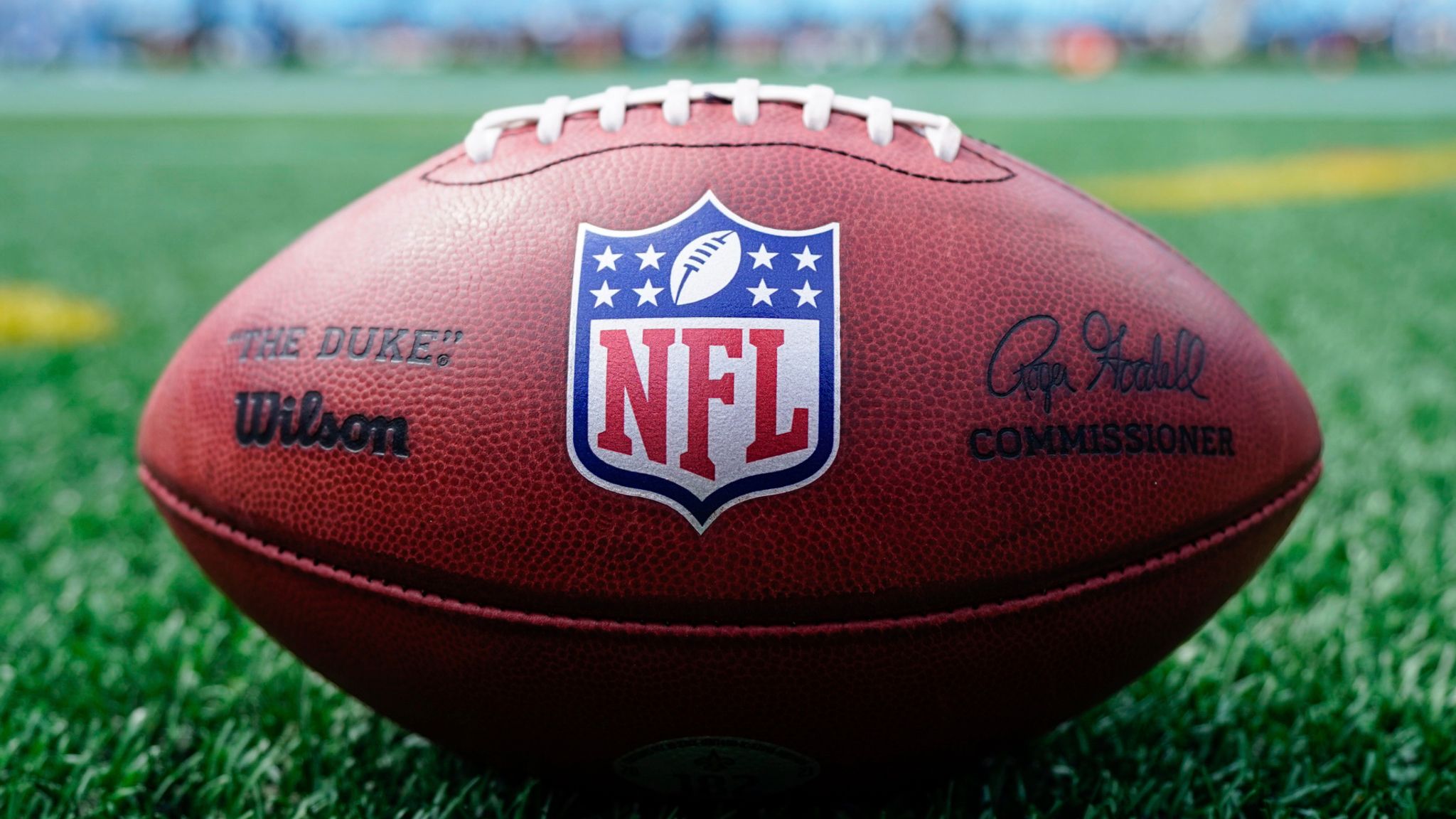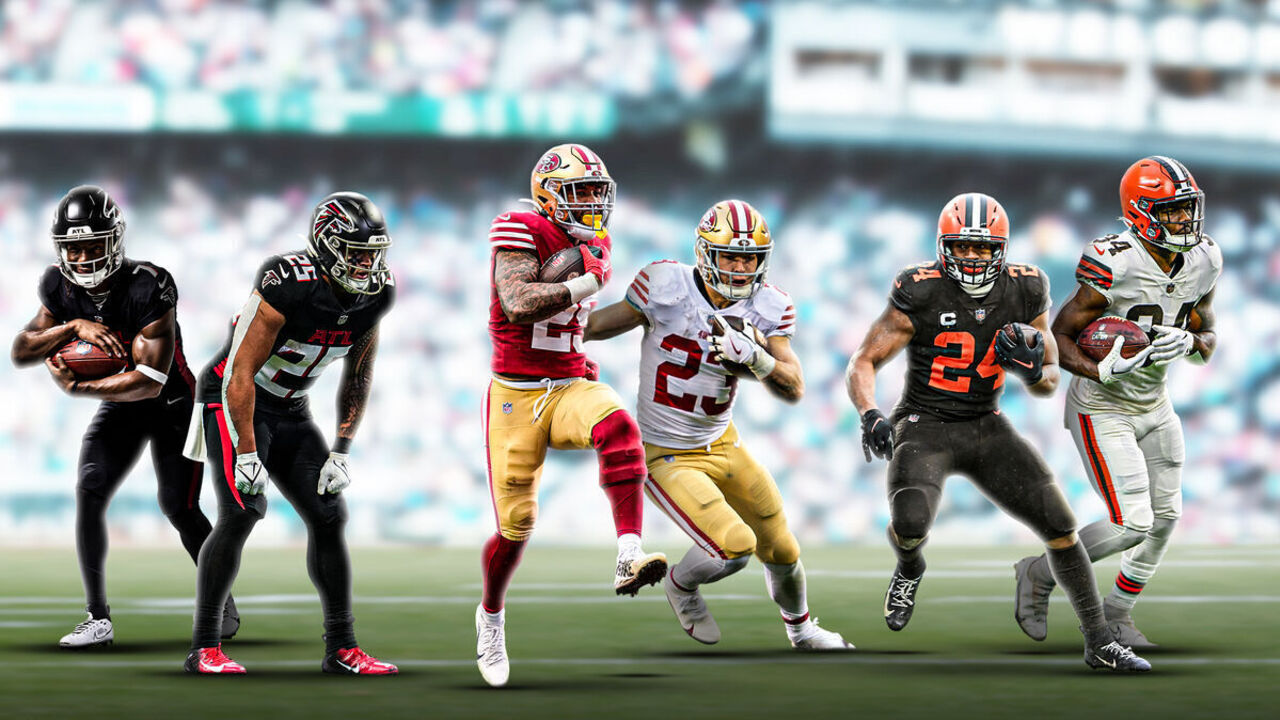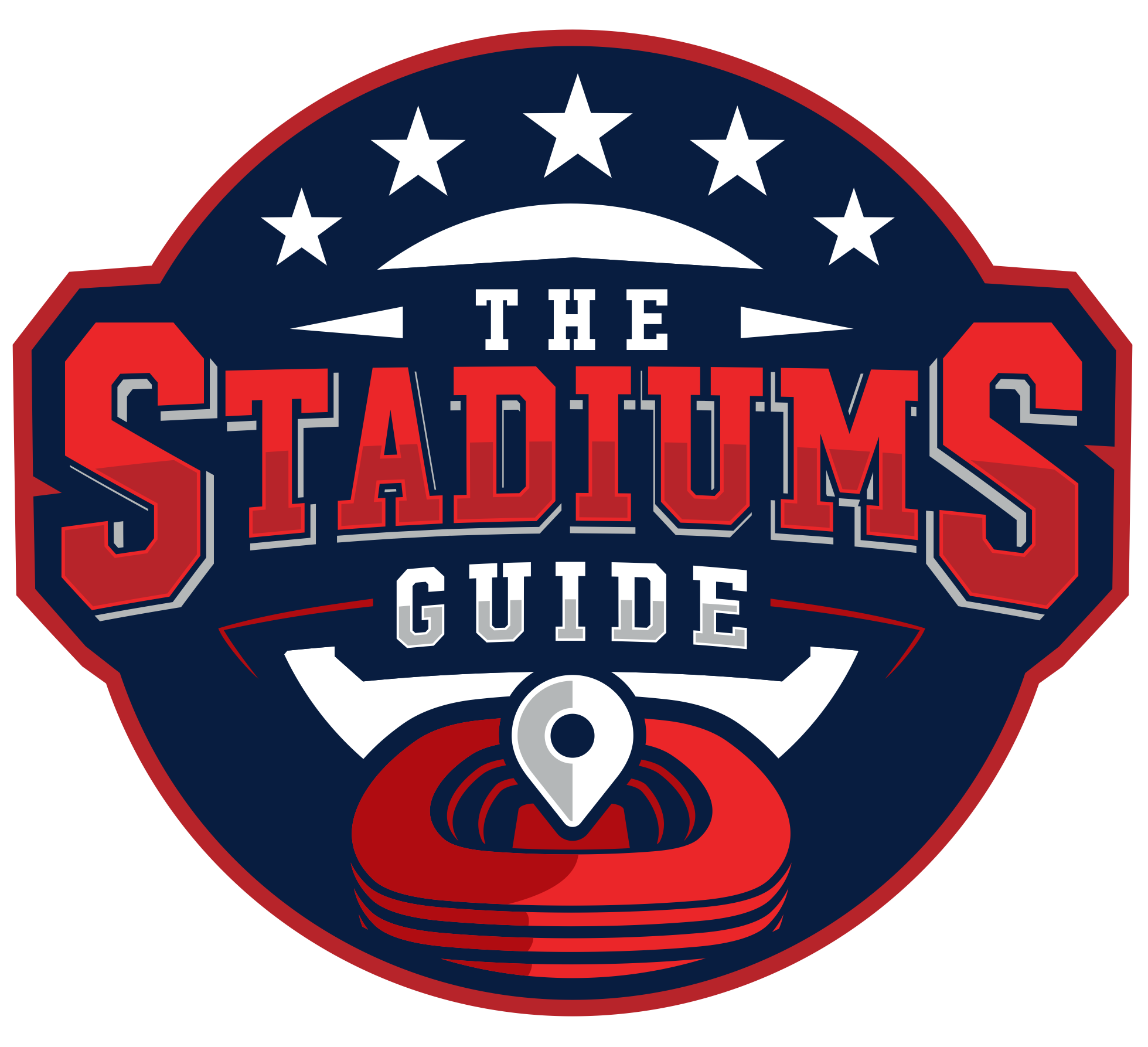The National Football League (NFL) has become a staple of American sports culture, drawing millions of viewers each week during its season. A key aspect of understanding the game is knowing the structure and timing of the matches, including the number of minutes in each quarter.
As with any sport, time constraints can impact strategy and decision-making on the field.
An NFL game is composed of four quarters, each lasting 15 minutes. The clock runs continuously throughout the game, but certain situations and events may cause it to stop temporarily, such as when a player goes out of bounds, during a penalty, or following a scoring play.
In total, NFL games are intended to last 60 minutes of actual playtime.
However, due to various stoppages and breaks, the average length of an NFL game is closer to 3 hours and 12 minutes.
The Duration of an NFL Quarter
In the National Football League (NFL), each quarter consists of 15 minutes of gameplay.
This duration holds true for both regular season games and playoff matches. The game comprises four quarters, amounting to a total of 60 minutes of playtime.
The NFL quarter length was established in 1922 by the American Football League (AFL) and subsequently adopted by the NFL in 1959. In contrast, high school football games use 12-minute quarters, while college and professional football share the same 15-minute length in quarters.
During an NFL game, there are several scheduled breaks that add time to the overall game duration. Specifically, a 2-minute break occurs after the first and third quarters, allowing for commercial breaks and team discussions.
More notably, there is a 12-minute halftime break between the second and third quarters, during which players can rest, and on-field performances often take place.
It is important to note that despite an hour of actual playtime, NFL games tend to last much longer.
On average, the games can stretch to approximately 3 hours and 12 minutes due to various factors, such as timeouts, penalty stoppages, and play reviews.
However, the core gameplay remains divided into four 15-minute quarters.

Factors Affecting Play Time
In an NFL quarter, there are 15 minutes of game time. However, the actual time it takes to complete a quarter can differ as various factors affect the length of a football game.
In football, stoppages in play can extend the duration of a quarter. Some common factors leading to stoppages include incompletions, players running out of bounds, injuries, and penalties. For instance, when a quarterback throws an incomplete pass or the ball carrier goes out of bounds, the game clock stops until the next play commences.
Another factor affecting playtime is the number of tactical decisions made by the coaches and teams. For example, the use of timeouts and strategic plays can prolong the duration of a quarter. Teams can use up to three timeouts per half, which will stop the game clock, providing them an opportunity to regroup and adjust their gameplay.
Moreover, commercial breaks during NFL games can also contribute to the quarter’s length. There are usually mandatory breaks at the end of the first and third quarters for advertisements. Additionally, there are designated breaks for media revenue, which can extend the overall playtime.
Finally, the number and duration of official reviews can influence the length of a quarter. The NFL employs a challenge system where coaches can request a review of specific plays based on certain criteria.
If a review is granted, this temporarily stops the game as the referees analyze the play and make their decision.
Altering the Game Duration
An NFL quarter consists of 15 minutes. However, the actual time spent playing is relatively brief, with various elements such as play clocks, timeouts, and injuries altering the game duration.
Play Clocks
The NFL employs two play clocks to manage the pace of the game. The first is a 40-second play clock, which begins as soon as the previous play is whistled dead.
The offensive team must snap the ball before the clock runs out, or they will incur a delay-of-game penalty. Additionally, there is a 25-second play clock used after specific instances, such as after an official’s timeout or measurement.
Timeouts
Each team is allotted three timeouts per half, each lasting up to two minutes. Timeouts stop the game clock temporarily, allowing the coaches and players to strategize or rest.
When a timeout is called, the clock will not resume until the next play begins.
Injuries
Injuries also have the potential to alter game duration. When a player suffers an injury that requires on-field attention, play is halted, and an injury timeout is declared.
The game clock will stop, and the injured player must exit the field for at least one play. If the injury occurs in the last two minutes of either half, the injured player’s team may be charged a team timeout if it has any remaining.
In summary, an NFL quarter is generally 15 minutes long, but numerous factors contribute to the overall length of the game.

Overtime Rules
In the NFL, overtime rules have evolved over the years to enhance player safety and make the game more engaging for fans.
One noticeable change was in 2017 when the league shortened regular-season overtime from 15 minutes to 10 minutes, according to NFL Football Operations.
This adjustment aimed to decrease the risk of injuries resulting from extended playtime.
Another significant update came in 2022 when the NFL approved a rule ensuring both teams receive at least one possession during playoff overtimes. This modification aims to provide a fairer chance for both parties to score and decide the game’s outcome.
During the 10-minute overtime period, each team must possess or have the opportunity to possess the ball, with one exception. If the team with the first possession scores a touchdown, the game ends immediately. In the case of a field goal by the team with the first possession, the opposing team will have an opportunity to tie the game or win it with a touchdown. If neither team scores within the 10-minute period, the game ends in a tie, except for playoff matches where additional overtime periods continue until a winner emerges.
In summary, the NFL overtime rules aim to strike a balance between player safety and an exciting, fair game for both teams and their fans. With the most recent changes, fans can expect overtime clashes to be even more thrilling and engaging.

Comparisons with Other Leagues
In the NFL, each quarter consists of 15 minutes of game time.
This is similar to other professional leagues, such as the Canadian Football League (CFL), which also has four 15-minute quarters. However, the clock management and rules differ slightly between leagues, impacting the real-world duration of matches.
For instance, the CFL employs a 3-minute warning at the end of each half, providing its teams with an additional opportunity to stop the clock. This can prolong the overall game length.
On the other hand, college football games in the United States operate differently, consisting of four 15-minute quarters but utilizing a 20-minute halftime break, as opposed to the usual 12-minute break in the NFL. This difference in halftime duration further impacts the total game length.
International leagues, such as NFL Europe and the Italian Football League (IFL), have adopted the 15-minute quarter format as well. However, these leagues might have varying strategies for clock management, leading to discrepancies in game times.
It is worth noting that while quarters in all these leagues may have the same length on paper, the real-time duration of a quarter is rarely exactly 15 minutes. Factors such as timeout usage, injuries, and television commercial breaks contribute to the game being longer than one hour of game time. On average, an NFL game lasts about three hours and twelve minutes.
James is a big time NBA Golden State follower, who makes sure to catch games when he's in the area. He likes to follow International Soccer, with an interest in small town soccer club, Blackburn Rovers located in the North on the UK.

